Growing Geriatric Population
The demographic shift towards an aging population is a significant factor impacting the Ophthalmoplegia Market. Older adults are more susceptible to various health conditions, including those that can lead to ophthalmoplegia. As the global population ages, the incidence of age-related neurological disorders is expected to rise, thereby increasing the demand for ophthalmological care. This trend indicates that healthcare systems will need to adapt to accommodate the specific needs of this demographic, potentially driving growth in the market. Additionally, the focus on geriatric healthcare may lead to the development of specialized treatment protocols for older patients suffering from ophthalmoplegia.
Rising Awareness of Eye Health
There is a notable increase in awareness regarding eye health and its associated conditions, which is positively influencing the Ophthalmoplegia Market. Public health campaigns and educational initiatives are emphasizing the importance of regular eye examinations and early detection of eye-related disorders. This heightened awareness is likely to lead to more individuals seeking medical attention for symptoms associated with ophthalmoplegia. As patients become more informed about their health, they may be more proactive in pursuing treatment options, thereby driving demand within the market. The growing recognition of the impact of eye health on overall well-being further underscores the relevance of this trend.
Advancements in Diagnostic Technologies
Innovations in diagnostic technologies are significantly influencing the Ophthalmoplegia Market. Enhanced imaging techniques, such as MRI and CT scans, allow for more accurate identification of the underlying causes of ophthalmoplegia. These advancements facilitate earlier diagnosis and intervention, which is crucial for effective management of the condition. As diagnostic capabilities improve, healthcare professionals are better equipped to tailor treatment plans to individual patients, thereby potentially increasing patient outcomes. The growing emphasis on precision medicine further underscores the importance of these technological advancements, as they may lead to more personalized approaches in treating ophthalmoplegia.
Rising Prevalence of Neurological Disorders
The increasing incidence of neurological disorders is a pivotal driver for the Ophthalmoplegia Market. Conditions such as myasthenia gravis, multiple sclerosis, and other neuromuscular disorders are known to contribute to ophthalmoplegia. According to recent data, the prevalence of these disorders has been on the rise, leading to a greater demand for effective treatment options. This trend suggests that as more individuals are diagnosed with these conditions, the need for specialized ophthalmological care will likely increase. Consequently, healthcare providers are focusing on developing targeted therapies and interventions, which could potentially enhance the overall market landscape for ophthalmoplegia treatments.
Increased Investment in Research and Development
The Ophthalmoplegia Market is experiencing a surge in investment directed towards research and development. Pharmaceutical companies and research institutions are allocating substantial resources to explore novel therapeutic options for ophthalmoplegia. This influx of funding is likely to accelerate the discovery of new drugs and treatment modalities, which could address unmet medical needs in this area. Furthermore, collaborative efforts between academia and industry are fostering innovation, potentially leading to breakthroughs in understanding the pathophysiology of ophthalmoplegia. As a result, the market may witness a diversification of treatment options, enhancing the overall therapeutic landscape.
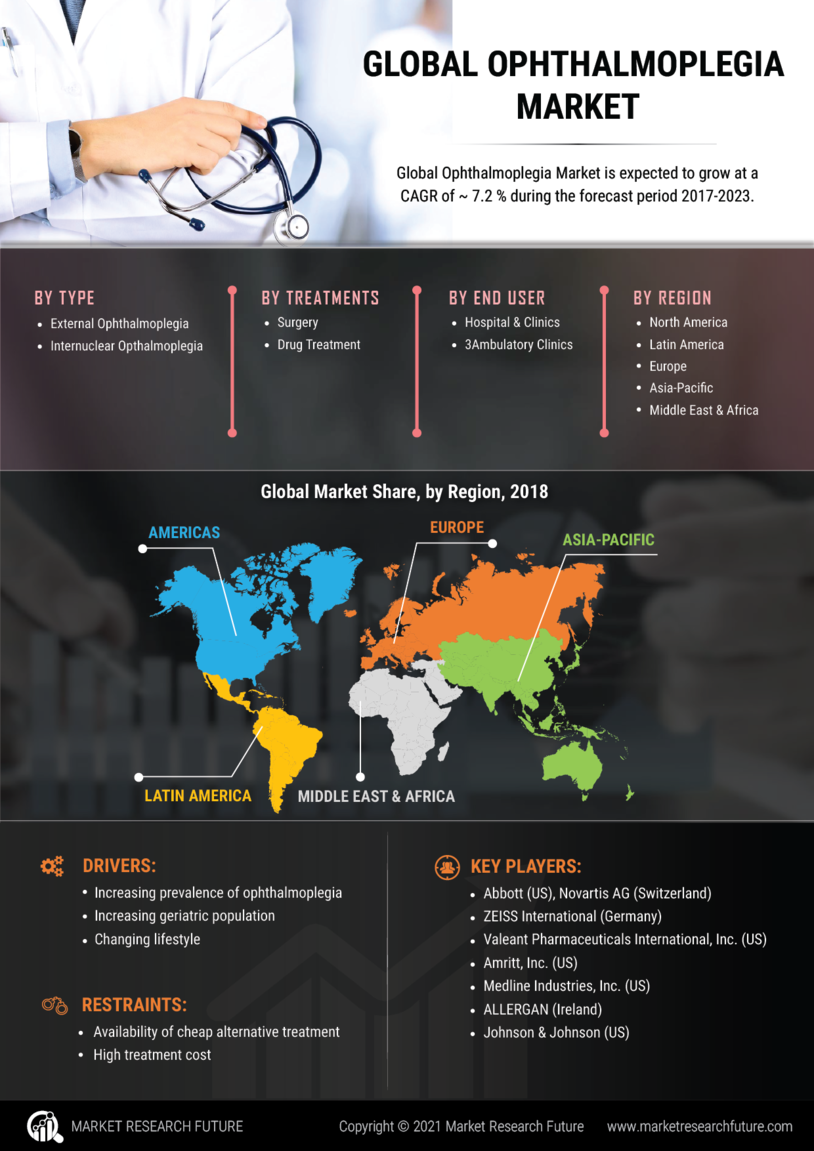

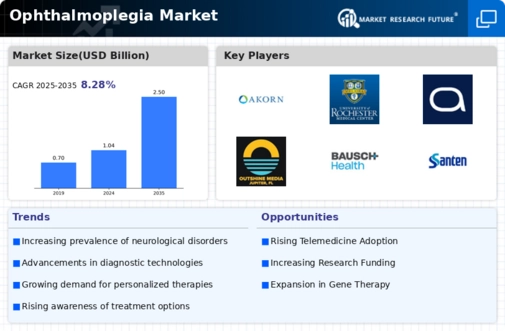
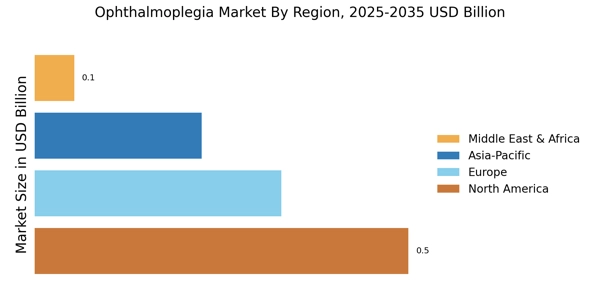
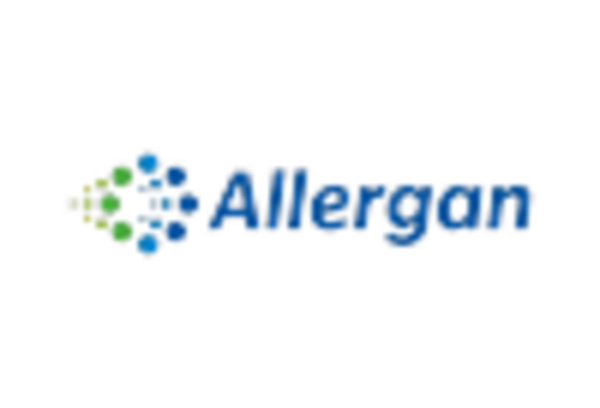
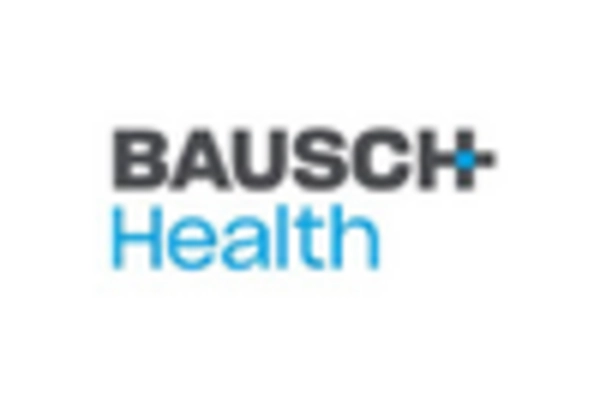

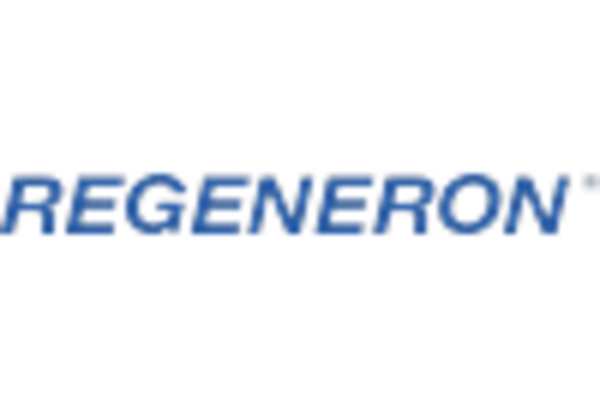

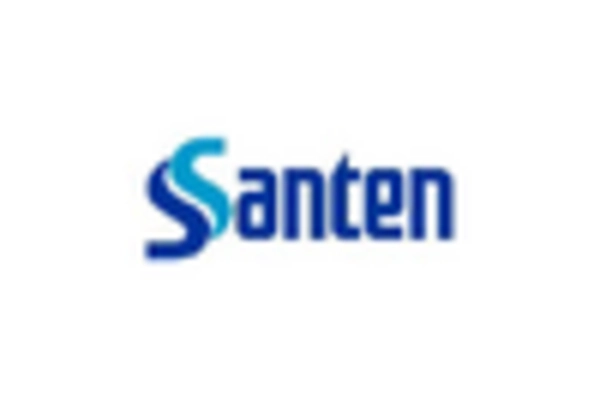








Leave a Comment